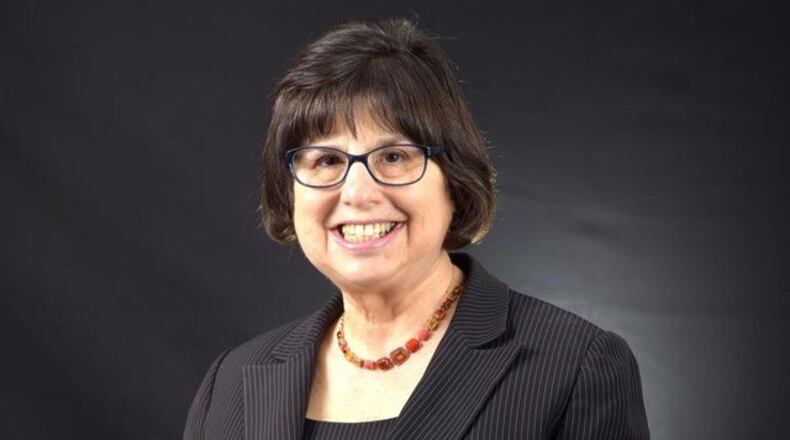Many newspapers and online education forums note the current problem throughout our country regarding teacher shortages. Most reports blame the shortage on teacher salaries, lack of professional support and political culture wars. Much of the American Rescue Plan dollars are being spent on staffing priorities. Many school districts are experimenting with “grow your own programs.”
These programs can be bright spots, however, we must both reimagine how we structure American education at the same time we develop a new human resource system for the profession. Our current school structures do not allow some students to advance at their own rate. Meanwhile others are not given the time and support that they need.
Programs that are addressing teacher shortages can be transformative when teachers are in short and shrinking supply. However, they are not sufficient to solve the issue of quality teaching. What is needed is a re-imagining of the human resource system for the profession. One aspect of a new human resource system is the partnering of university education schools with districts to define current and future needs, and to recruit students interested in filling those high-need teaching positions. Bowling Green State University has initiated such work with the Cleveland Metropolitan School District and other partners. With federal funds from Project Impact, BGSU has been able to reach down to the K-12 schools and community colleges to both identify potential candidates and barriers that prevent interested students from entering the field.
Many of these barriers are economic. Responses have included placing student teachers in schools close to their homes, to facilitate part-time employment to continue their education. They have also worked to arrange substitute teacher certification and to use this paid experience for a limited part of students’ field experience.
Another approach to filling the pipeline lies in apprenticeship programs. Federal apprenticeships have expanded to include various supportive student roles. These programs allow districts to support para-professionals and advancing teacher positions. What is needed is a multi-prong effort to reimagine our classrooms concurrent with building a competent work force to support new structures. Districts and universities that train teachers and state level certification professionals must work together to create a new vision for schools to meet the needs of all learners from the time they are recruited to when they retire. We must create a coherent vision and set up policies on a reimagined systems of schools and educators.
Teaching is a public profession. The population of students, standards, educational research, and materials are constantly changing. A new human resource system for the profession must rethink how we recruit, select, onboard, prepare, induct, mentor, compensate, professionally develop, and continually support the profession in a rapidly changing world. We must all work together to make teaching a more valued and honored profession. If we do so, teacher shortages in the future should not be an issue. Quality teaching for our children in a new system of schools will shape our future.
Dr. Susan Tave Zelman is a former Ohio superintendent of public instruction, and the author of The Buying and Selling of American Education: Reimagining a System of Schools for All Children.
About the Author
